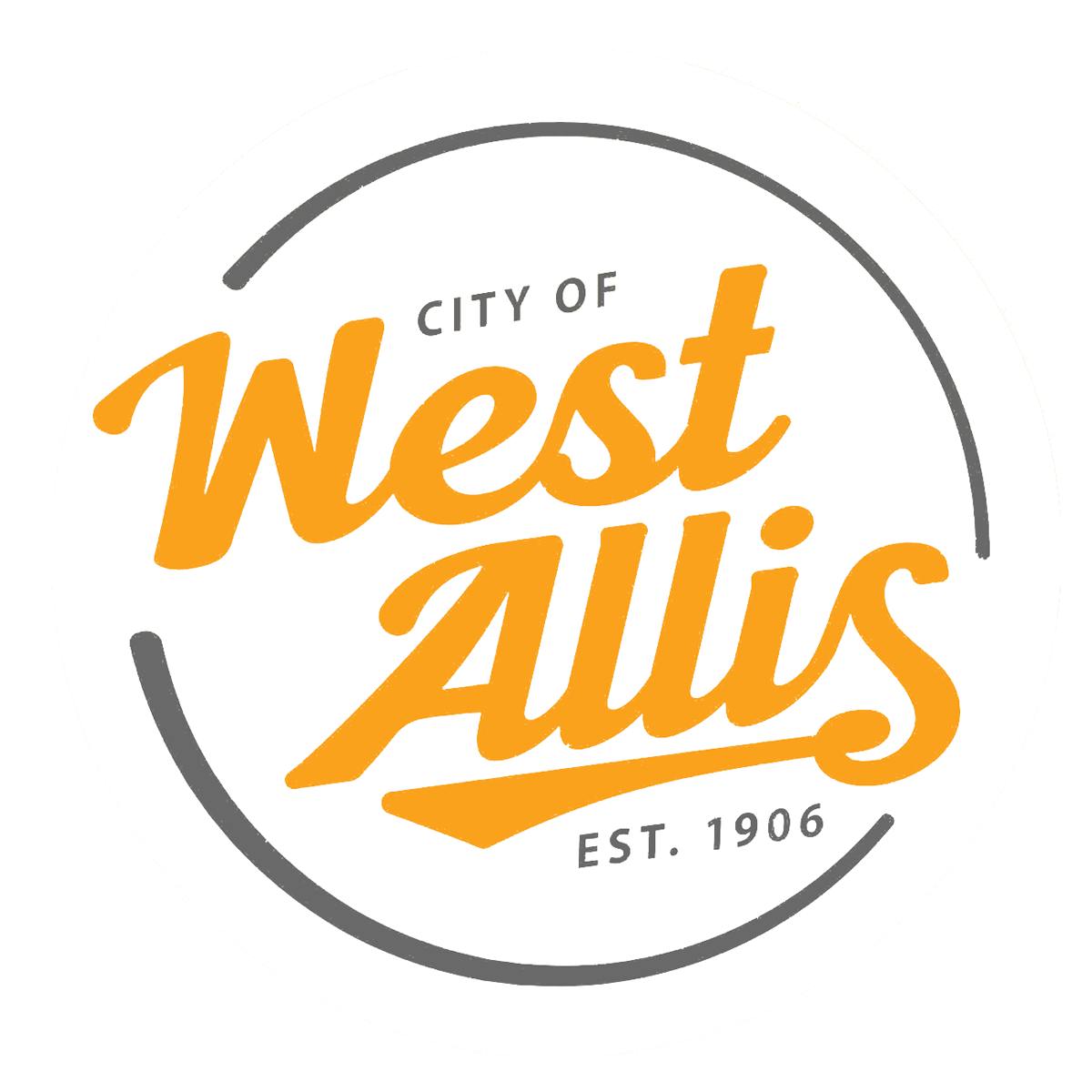Water Quality
Water System Information
The West Allis Water Utility purchases water from the City of Milwaukee Water Works. Our water is supplied to us from Milwaukee's Howard Avenue Water Treatment Plant, through two metered supply points in West Allis. During 2016, the West Allis Water Utility pumped an average of five million gallons of water per day for residential, commercial and industrial use. Also, the Utility maintains 215 miles of water main, 2,600 fire hydrants, 6,000 distribution valves and over 19,000 water meters in accordance with regulatory standards established by the United States Environmental Protection Agency (EPA), Wisconsin Department of Natural Resources (DNR), and the Public Service Commission of Wisconsin.
We are pleased to present the Water Quality Report to our consumers. It will explain the source of our water, what has been detected in our water, and how it compares to the standards set by the EPA and the Wisconsin DNR. The West Allis Water Utility is totally committed to protecting the health of the public served by our system.
Contaminants
As water flows through rivers and lakes and over land surfaces, naturally occurring substances may be dissolved in the water that reaches Lake Michigan. These substances are referred to as contaminants. Surface water sources may be highly susceptible to contaminants. Surface water is also affected by animal and human activities. Read the DNR Source Water Assessment for Milwaukee at Water Quality. Contaminants that may be present in source water include microbial contaminants such as viruses, protozoa and bacteria; inorganic contaminants such as salts and metals, pesticides and herbicides, organic chemical contaminants, and radioactive contaminants.
To ensure that tap water is safe to drink, the EPA prescribes regulations which limit the amount of certain contaminants in water provided by public water systems. Drinking water, including bottled water, may reasonably be expected to contain at least small amounts of some contaminants. The presence of contaminants does not necessarily indicate that the water poses a health risk. More information about contaminants and potential health effects can be obtained by calling the EPA's Safe Drinking Water Hotline, 800-426-4791.
Health Information
Some people may be more vulnerable to contaminants in drinking water than the general population. Immunocompromised persons such as persons with cancer undergoing chemotherapy, persons who have undergone organ transplants, people with HIV/AIDS or other immune system disorders, some elderly, and infants can be particularly at risk from infections. These people should seek advice about drinking tap water from their health care providers. EPA/Centers for Disease Control (CDC) guidelines on appropriate means to lessen the risk of infection by cryptosporidium and other microbial contaminants are available from the EPA's Safe Drinking Water Hotline at 800-426-4791, and the CDC.
